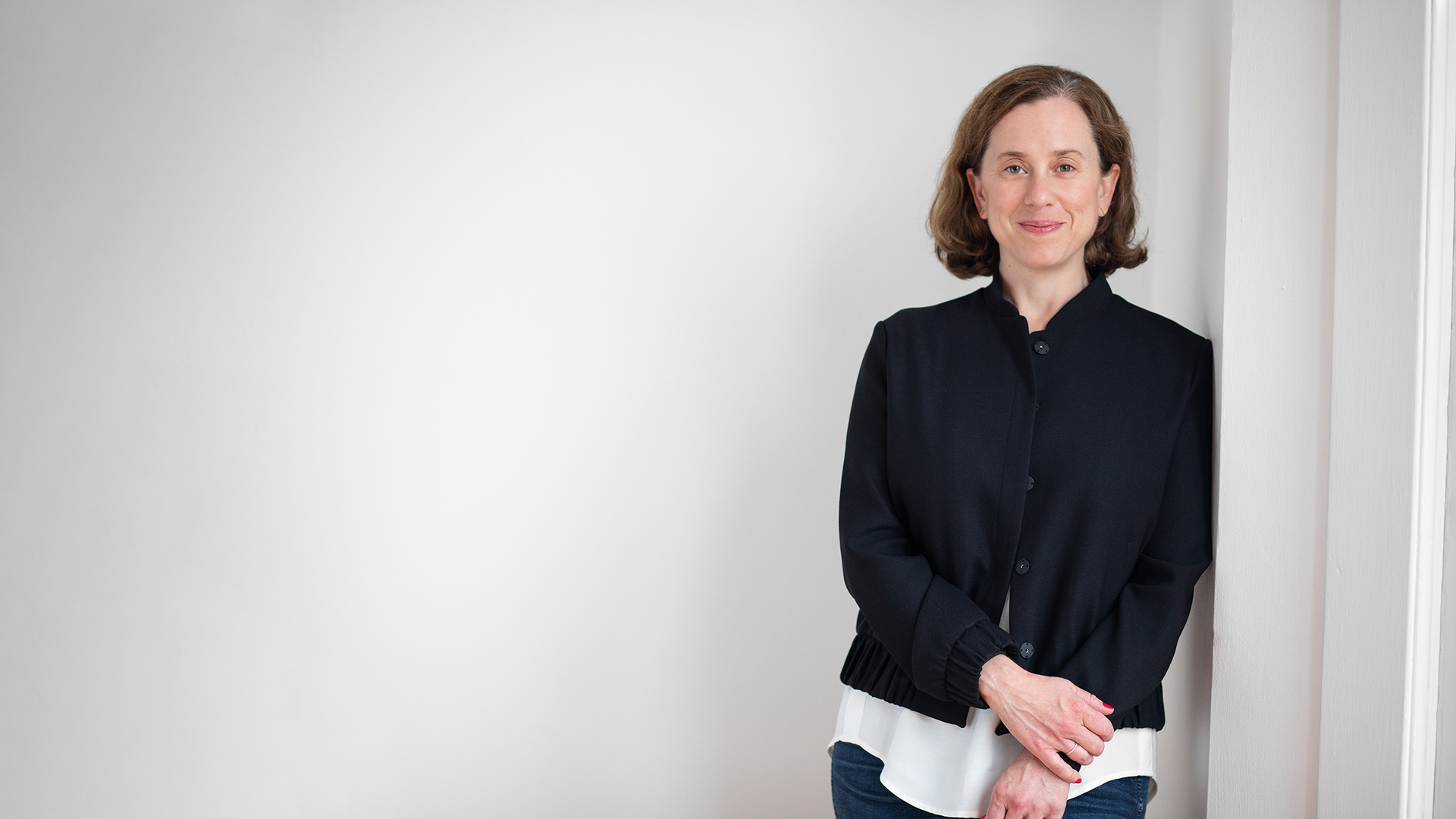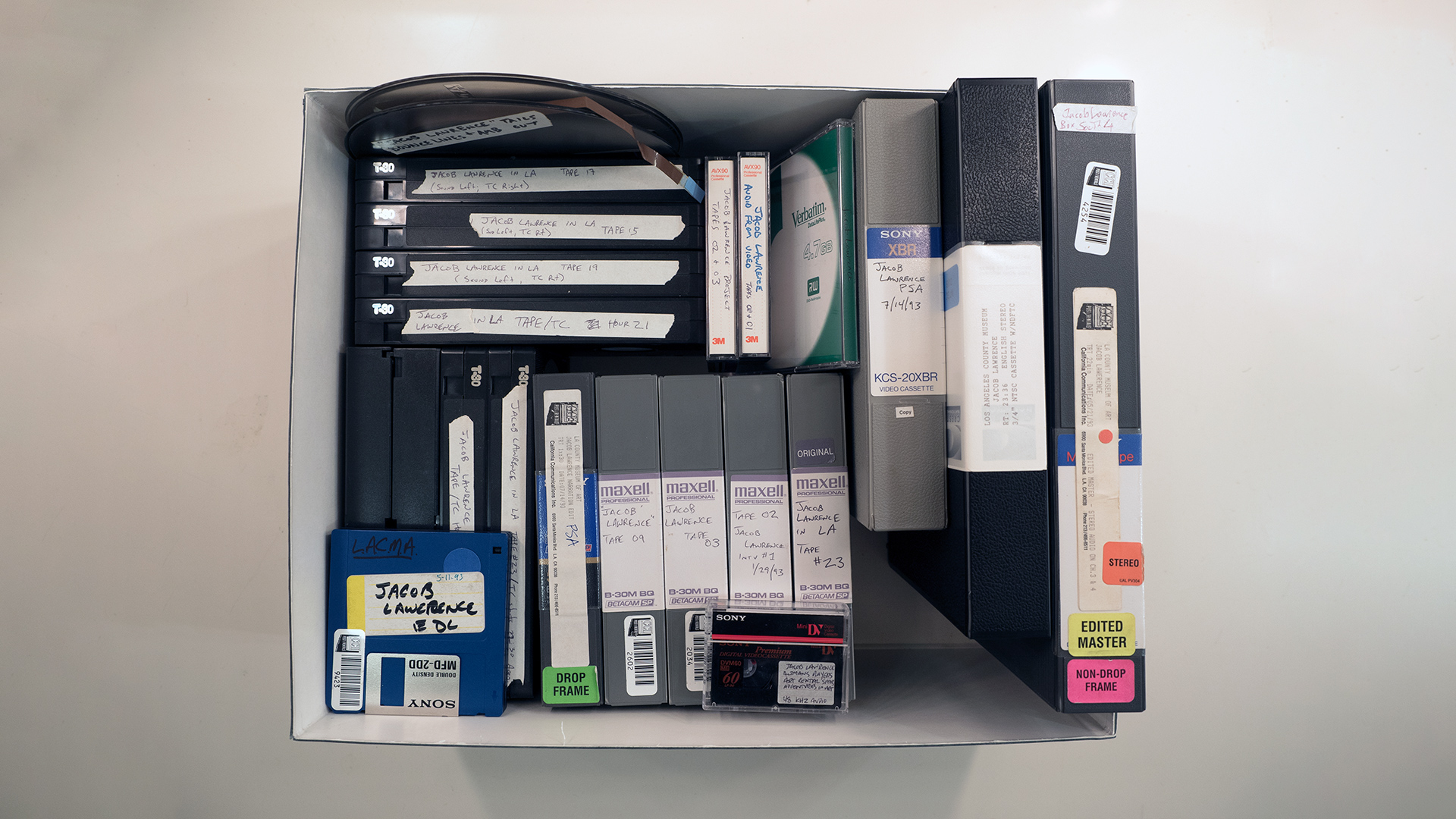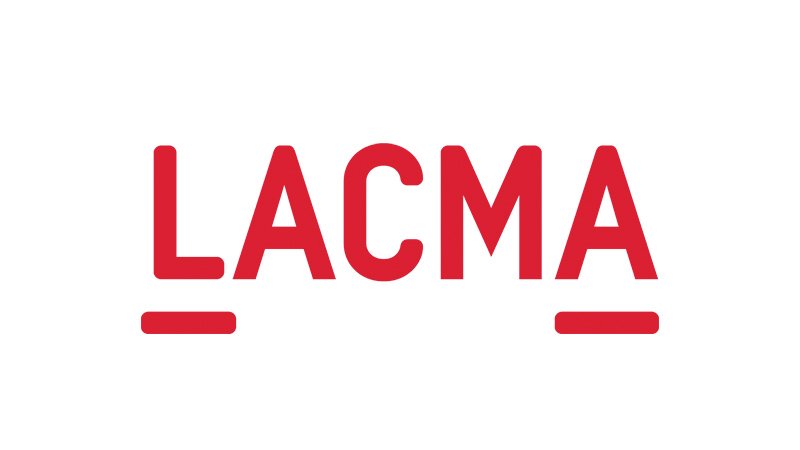Fulcrum Arts welcomes artist and writer Julia Christensen as AxS Incubator resident in dialogue with NASA/JPL.
Christensen explores themes of technology, time, change, and memory in her work. Her recent project delves into the concept of planned obsolescence in her book Upgrade Available (Dancing Foxes), a long-term art/research project that delves into “upgrade culture” and its impacts on everything from e-waste to spaceships to cell phones. She is also author of Big Box Reuse (MIT Press, 2008), and has been awarded fellowships from the Guggenheim Foundation, LACMA Art + Tech Lab, Creative Capital, and the MacDowell Colony, to name a few. She is Chair of the Studio Art Department and Associate Professor of Integrated Media at Oberlin College.
Christensen is currently sharing insights and ideas with scientists at NASA’s Jet Propulsion Lab to develop a potential long-term interstellar mission to Proxima b, an exo-planet 4.2 light years away from Earth. Her role in the project is to envision technology that transcends obsolescence for a 200-year long mission, and develop a communication device outfitted on a series of trees that will sonify the environmental conditions around them and beam that signal to the spacecraft in a continuous serenade.
RESIDENCY
The Tree of Life is a creative and conceptual dialogue and between artist Julia Christensen and scientists at the Jet Propulsion Lab’s Innovation Foundry. The project began when Christensen met JPL scientist Dr. Anthony Freeman through her fellowship at the Los Angeles County Museum of Art’s Art + Tech Lab. For several years, Christensen’s work has investigated what she calls “upgrade culture”––the perceived, relentless need to upgrade technology to remain relevant. Dr. Freeman was involved in a series of studies with JPL’s A-Team, developing a spacecraft concept that faces the challenge of obsolescence during its own operational lifetime: a spacecraft bound for Proxima b, an exo-planet in the Alpha Centauri star system, 4.2 light years away. The spacecraft concept would launch in the year 2069 (a nod to the 100-year anniversary of the Apollo mission), and would reach 1/10 the speed of light. At this speed, the spacecraft would arrive at Proxima b roughly 42 years later. The spacecraft concept would need to autonomously transform or “upgrade” itself throughout the mission to survive the interstellar journey. It would also have to upgrade itself to remain relevant to life on Earth when it arrives at its final destination, as Earth-bound technology will surely progress throughout the mission.
In theory, the mission consists of a CubeSat specifically designed to operate in low-Earth orbit for 200 years, transcending contemporary cycles of technological obsolescence. The CubeSat would transmit data about its operational conditions to Earth. The Tree of Life team would augment a set of trees around the planet to act as living terrestrial antennae by harnessing the dielectric properties of live trees. The team is selecting trees expected to live for 200 years––again, well beyond the short cycles of technological obsolescence prevalent in the 21st Century. Sensors on the trees would collect a 200-year data set about their “operational conditions” as well: the trees’ response to water, light, their ecosystem, and surrounding climate. The data sent to and from the trees and CubeSat would then be translated to sonic frequencies via custom data sonification software, so that ultimately, the trees and the CubeSat will sing to each other for 200 years.
After several conversations, Dr. Freeman invited Christensen to envision an art project to be implemented in the Proxima b spacecraft concept, and an A-Team study was initiated to develop her ideas with input from a range of interdisciplinary perspectives: scientists with expertise in exo-planetary science, robotics, machine learning, aerospace engineering, etc. Several A-Team meetings followed, and they identified the value in launching an initial experiment to test the longevity of the materials in space and our terrestrial communications systems.
The Tree of Life, as a project, is designed to address those questions. The longevity of technology is one of the most critical––and yet, elusive––challenges of initiating a long-term interstellar mission. The Tree of Life is an initial step towards developing a potential future mission to Proxima b. As The Tree of Life project unfolds, so could a song that tells a story about changes in life on Earth and our technology in space––and inherently about human life as well. This duet between the trees and the CubeSat could potentially be inscribed on a future Proxima b mission, sending a new “Golden Record” into the cosmos––this time, from the perspective of the trees that support us and the technology we build.
PROJECT PROGRAMMER TOM HALL
Tom Hall is an Australian audio/visual artist, residing in Los Angeles.
Hall’s practice is an ongoing exploration into peripheral space and time, inspired by environments and non-linearity found in the everyday.
Using multiple approaches to recontextualize these spaces, Hall creates sound and imagery that accumulates in hybrid environments and temporal translations. These outcomes include found and computer programmed sound synthesis, reactive visual synthesis, and physical installation. Hall has released a number of recordings in the past two decades, along with exhibitions and live A/V tours worldwide.




